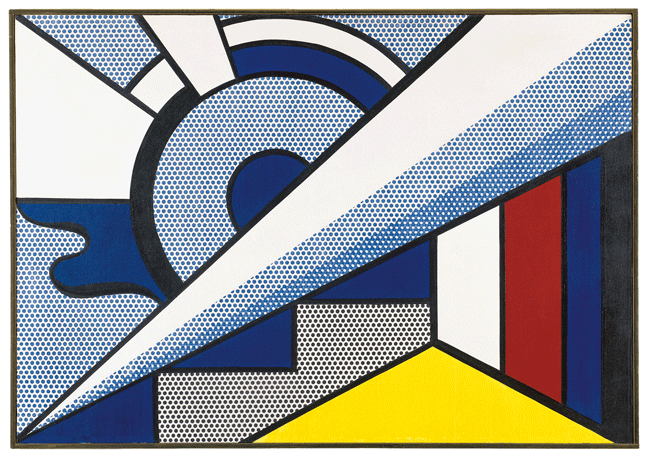
TRACING THE GRID.
THE GRID IN ART AFTER 1945
FROM 5 MAY TO 7 OCTOBER 2012
The exhibition illuminates the importance of the grid in art, presenting examples from 50 artists
Roy Lichtenstein, Modern Painting with Wedge, 1967, photo: Kunsthalle Weishaupt Ulm, © VG Bild-Kunst, Bonn 2012 | ||
| ||
|
KUNSTMUSEUM STUTTGART
Kleiner Schlossplatz 1
70173 Stuttgart Germany INFORMATION : • Phone: +49 (0)711/2162188 • Fax: +49 (0)711/2167820 • Website:http://www.kunstmuseum-stuttgart.de • Mail:info@kunstmuseum-stuttgart.de ADMISSION PRICE : • Tracing the Grid (German: Rasterfahndung) incl. collection: 8 Euro/reduced 6.50 Euro • Tracing the Grid (German: Rasterfahndung) incl. all other special exhibitions: 5 Euro/reduced 3.50 Euro Children age 12 and under free OPENING TIMES: •Tues - Sun: 10 a.m. - 6 p.m. •Wed + Fri: 10 a.m. - 9 p.m. •Mon closed PRESS CONTACT : Dr. Eva Klingenstein • phone: +49 (0)711/2161932 • email: eva.klingenstein@kunstmuseum-stuttgart.de
|
||

